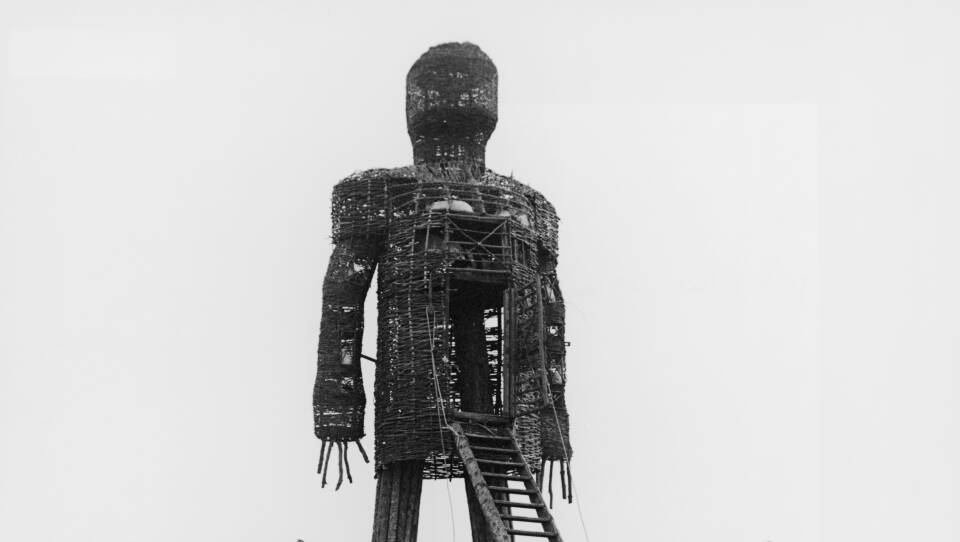Spooky cinema is at an all-time commercial peak, with movies about vampires, evil spirits and haunted rotary phones raking in more than $1 billion at the domestic box office in 2025. But in recent years, folk horror, a subgenre of horror focusing on nature, isolation and paranoia, has taken over the mainstream, and its frights are derived from the scariest villain of all: ourselves.
“These are films that are usually set in rural communities and with some sort of connection to either a past religion or story that’s been handed down for generations that might be popping up in the plot of the film,” said Mark Anastasio, program director at Brookline’s Coolidge Corner Theater.
Folk horror’s fingerprints can be traced throughout movie history, with Britain’s “Unholy Trinity,” which includes 1973’s all-time classic “The Wicker Man” alongside “Witchfinder General” and “The Blood on Satan’s Claw.” The films often focus on the contrast between modern-day values and pagan, pre-Christian rituals, sometimes examining cults disguised as communities, like in Ari Aster’s “Midsommar.” Themes of human sacrifice run through both “Midsommar” and “The Wicker Man,” with communes and islands serving as backdrops for carnage.
“We played [‘The Wicker Man’] with ‘Midsommar,’ and we played it outdoors in the woods, and people flocked to that screening,” Anastasio said. “There’s just something about watching ‘The Wicker Man’ outdoors in nature that added this extra element of scariness to the evening.”
And while audiences seemingly can’t get enough of this specific subgenre, Jeffrey A. Tolbert, a professor and folklorist at Penn State Harrisburg, takes issue with the term “folk” being used as a weapon for terror because, he says, “folk just means people.”
“Unfortunately, in popular usage, it often is taken to mean backwards, conservative, rural, isolated people who are somehow outside of the ordinary flow of time and modernity,” Tolbert said.
Both Anastasio and Tolbert said this morbid fascination with folk horror may stem from a longing to return to the communal interactions of simpler, pre-pandemic times. While slasher films feature guts and gore, Anastasio said they only feature “one individual that is committing the crimes.”
“And then these folk horror films, it’s typically a community that are sort of together and all in on it and raising hell against the outsiders that have wandered into their community,” Anastasio said.
For Anastasio and Tolbert, as long as filmmakers continue to mine society’s interest in – and fear of – community, its popularity won’t go away anytime soon.
“There seems to be a certain appeal to this supposedly organic, supposedly tightly-knit, face-to-face community that forms these really strong cultural bonds,” Tolbert said.
And these bonds aren’t just on the screen – they’re in theaters, too.
“Audiences really resonate with [folk horror movies] and come out to see them,” Anastasio said. “They come out to see them together in a theater, which in itself is its own sort of little ritualistic thing that we do.”
Guests
- Mark Anastasio, program director at Coolidge Corner Theater
- Jeffrey A. Tolbert, associate professor of American studies and folklore at Penn State Harrisburg





